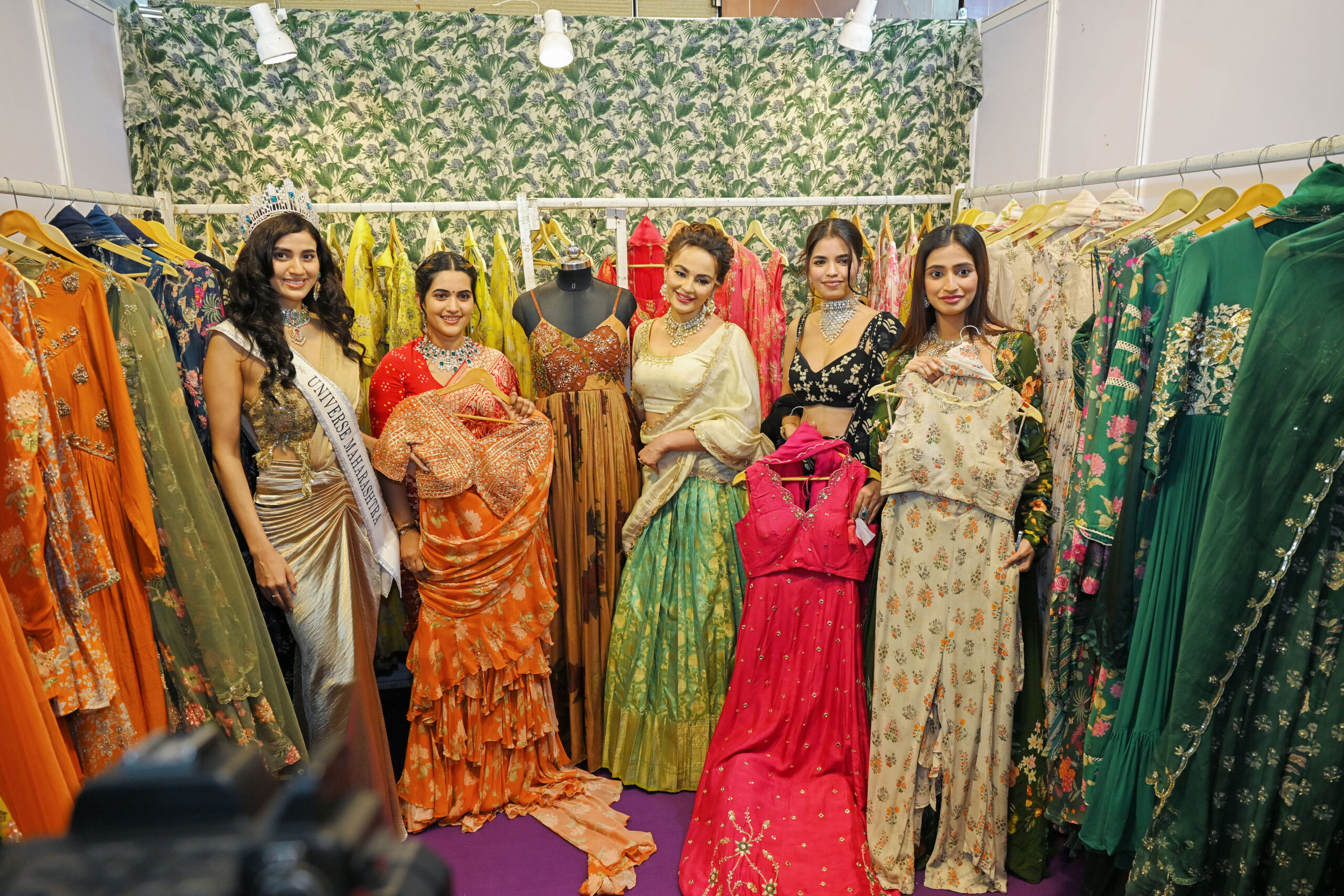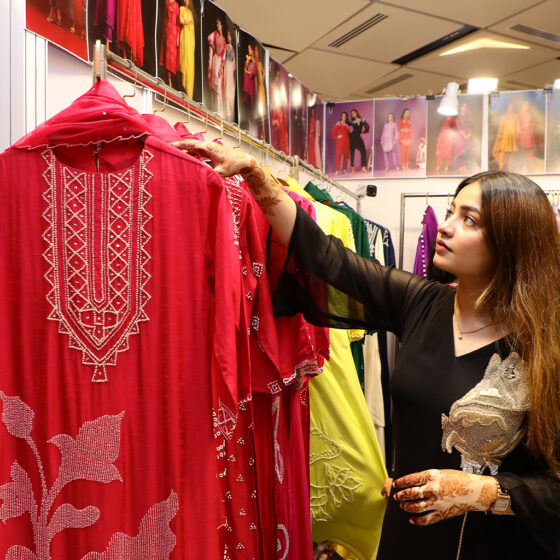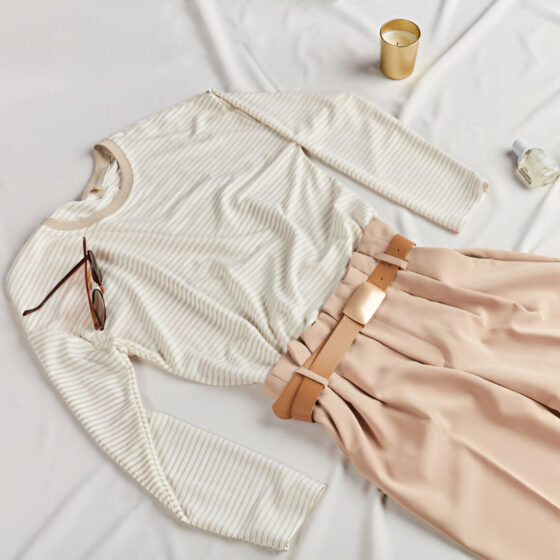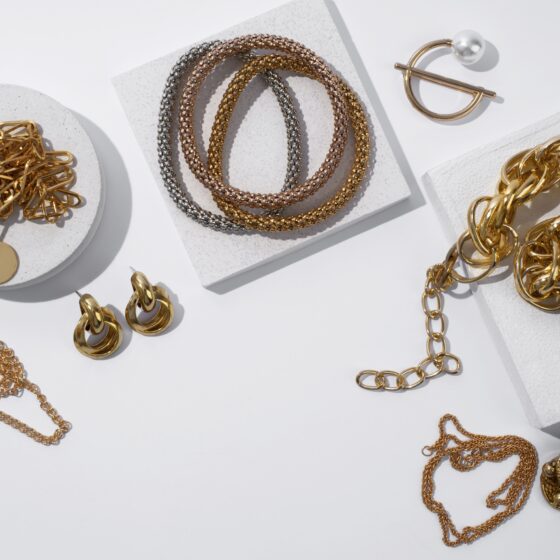From Block to Beauty: The Journey of a Handprinted Fabric

History finds a way to repeat itself.
The fashion landscape can never escape as history is often reinvented through new traditions.
Similarly, handprinted fabrics are where it all began, and there is nothing quite like the appeal of hand-printed cloth. It’s more than just clothes; it’s history, emotion, and personal style. Especially when the world of fast fashion has been ruling the world, this age-old technique is heartfelt, sustainable, and wonderfully unique even in a time of quick fashion.
The next time you’re browsing an Indian fashion and lifestyle exhibition, stop and marvel at the handcrafted beauty behind every item. From a raw wooden block to an amazing cloth, you just must touch and wear; the journey is vast.
Together, let’s take a walk through the journey of hand fabric.
- Carving the heart of the print.
A block of wood is where it all begins.
It is the first thing that handprinted fabric is made from. It’s used as a base before any threads are dyed, or the fabric is pulled out.
No ordinary wood, though. Most woodworkers tend to pick Teak or Sheesham wood considering its strength, durability and long-lasting effect, especially considering its necessity in making complex designs.
These block carvers usually begin their work with the help of simple tools, like hammers and chisels. All the designs starting with every line, swirl, geometric shape, flower and dot are done with the help of the block. Wondering where to begin your search for block designs? Sign up with the leading fashion & lifestyle exhibitions like Hi Life, and if you’re lucky enough, you might see a block carver at work. When you look at that cute little flower on your hand-printed scarf or shirt, remember that it all began with a simple, lovely block.
2.Dyeing the fabric naturally
After preparing the wooden blocks, prepare the dye that gives the handprinted fabric its soul.
However, this isn’t ordinary paint. Traditional hand block printing uses natural colours.
Indigo leaves, madder root, turmeric, pomegranate peels, jaggery, iron filings, myrobalan, and more make up this grandmother-approved palette. These are sustainable, local knowledge-based, and some are family heirlooms passed down through generations. The process of natural dyeing works on a trial-and-error method as opposed to the chemical dyeing techniques of today.
Correspondingly, the fabric is first immersed in natural mordants, which acts as a binding agent between the color and textile. You can find the forgotten history of natural dyeing in many of the Indian fashion and lifestyle exhibitions where the artisans and designers choose to display them. They’ll let you touch the fabric, observe natural tones’ uneven beauty, and learn about the dye’s history.
3. The Rhythm of Printing
Now comes the payoff time with the printing process – imagined designs meet reality.
This is the heart of hand block printing.
Picture a long piece of crisp cotton or silk fabric that is pinned and stretched out flat on a printing table. The hand-mixed dye is kept on a nearby thick wooden tray. A skilled and calm artist dips the carved wooden block into the color, taps it gently to remove the extra, lines it up with the design on the fabric and hits the ground with a strong, sure thump.
That’s the rhythm: Hit, lift, move, and do it again.
The beats go on for meters and meters of fabric at a time. If the fabric contains many layers in a pattern, then each block must be set in line. Each color gets its block for two- or three-color pictures.
This may sound like a lot of repetition, but it’s art in action.
- Allowing to sun-dry & set
While the printing part is done, it’s time to take that deep sigh of relaxation so that the drying process naturally unfolds.
Gently removing the pins and exposing the newly printed fabric is transported into the wide sky. The fabric soaks up the sun’s warmth. Sunlight is simply an old method of assisting the dyeing process in setting up fabric fibers.
The drying process, similar to printing, is affected by the weather. Faint day? The drying time could be extended. Does it get too humid? The ink could smear.
Artists frequently remark, “Block printing teaches you patience over precision,” because of this very reason. Time is not a factor in nature.
- Imperfection – an added advantage
Honestly, as human beings, we’re wired to notice that slightest dot at the corner of the design, and the lack of symmetry in a design.
However, when it comes to handprinted materials, flaws are beauty and personality tied together. Some block-printed dupattas and kurtas feature minute variations that are evident when held up to the light, like the one with a small off-center bloom or a dense arrangement of motifs.
More than blunders, these are traces left behind by human hands, a delicate reminder that your cloth did not start in a machine but rather in a tranquil studio or a busy courtyard, where talented artists have labored for ages.
Companies and designers at every fashion and lifestyle exhibition held in India welcome this authenticity.
What makes handprinted items so special is that no two designs are identical.
6. Celebrating Regional craftsmanship
One of the most intriguing aspects of Indian hand-printed fabric? It’s not one solid object.
Each print style has its origins in a different region’s history, culture, and narrative techniques, creating a patchwork of regional identities.
Each region is marked by its unique characteristics. There is a distinct language of design that each print uses. Some of India’s most famous hand printing sites cover from the Rajasthani desert to the Andhra Pradesh riverbanks, where the past is not only kept alive but also proudly displayed.
Wrap Up
Handprinted fabrics gently tell us to slow down in a world that is moving quickly toward automation and fast fashion.
They murmur stories of dusty villages, sun-drenched gardens, and the consistent thump of wooden blocks being pressed into cloth. From carving the block to letting it dry outside in the sun, every action takes time, ritual, and devotion.
There’s more to hand-block printing than just the process itself. It’s the soul it brings to your clothes. There are two pictures that are the same. Every little flaw is a sign of human touch. And each piece links you to the generations of artists who have been creating them and preserving this trade.
Remember that you’re not only looking attractive when you wear a floral cotton kurta or a block-printed saree.
You’re leaving a legacy behind.



















